Editor’s Note: FijiGuide is grateful to the late Dr. Albert Schutz for providing this chapter from his upcoming book, Discovering Fijian: First Impressions from Explorers, Traders, and Missionaries. Here Dr. Schutz discusses the saga of Captain Cook in Fiji and how his linguist, William Anderson, collected vocabulary.
The saga of Captain Cook in Fiji
Although Captain James Cook sighted one of the Fiji Islands (Vatoa) in 1774 on his second voyage (Beaglehole 1961), it was not until his third voyage that he gathered any information about the Group. It is from the journal of William Anderson,[10] his linguistic specialist, that we can glean the earliest comments about the Fijians and their language, for Anderson had the opportunity to observe both the people and some of their arts in Tonga. After describing the superiority of their clubs, spears, mats, pots, and other artifacts, he noted in July 1777 (Beaglehole 1967:959):
Their language too differs almost totally from that of Tonga, as may be seen in the small specimen I was able to procure subjoined, where Eeo, Yes is the only word that agrees, and Latoo, a chief is mentioned by Le Maire as signifying the same thing at Cocos Island.

He then gave a sample of twelve words, most of which are indeed unrelated to the Tongan equivalents. Although Anderson’s comments are brief, they may have sown the seeds of an important controversy, one that cropped up repeatedly until more was known about Fiji. Indirectly, he had asked about the nature of the relationship between Fijian and the Polynesian languages, which were better known at that time.
But why was his list so short? Why was he content to gather a mere dozen Fijian words, especially after he devoted so much attention to Tongan, from which he had “been able to collect about six hundred of their words, amongst which are terms that express numbers as far as a hundred thousand …” (Beaglehole 1967:957). One answer may be that Anderson was suffering from tuberculosis (he died a little over a year later) and simply didn’t have the energy to spare beyond collecting his substantial Tongan word list.

Another reason for Anderson’s sparse Fijian list could be that, like some others of the crew, he expected Cook to continue on to explore Fiji. His failure to do so has long been the subject of speculation (Beaglehole 1974:547–48). At any rate, as compared with Polynesian languages, from which more and more data were being collected, Fijian was nearly a blank slate.
©2022 Dr. Albert J. Schütz
References
[10] Anderson was characterized as “a Scot, and apparently educated at Edinburgh, and must early have become interested in all the departments of natural history as studied at the time … His linguistic talent was careful as well as eager” (Beaglehole 1967:467n).




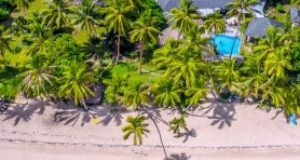
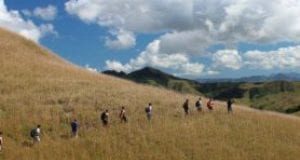
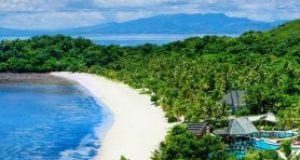
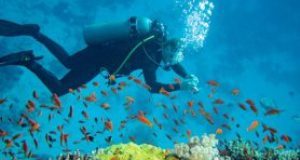
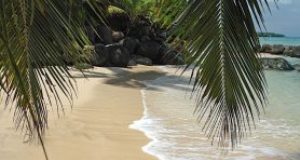
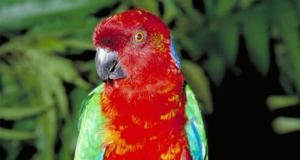
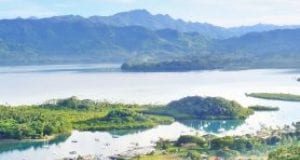

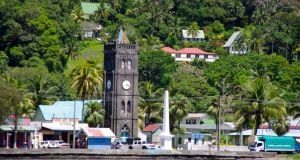
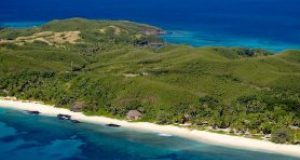


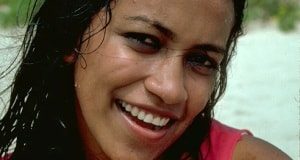

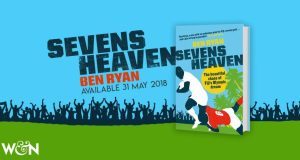
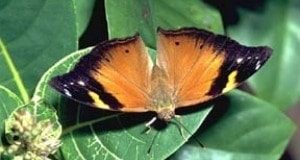

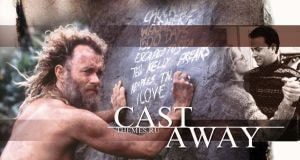

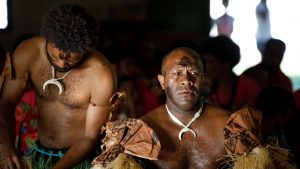
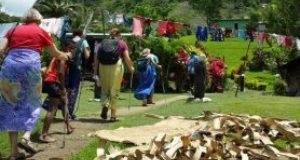

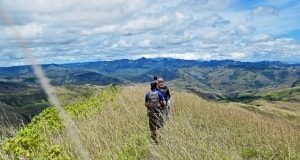
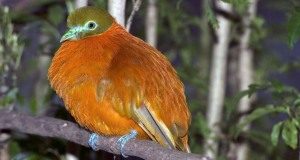

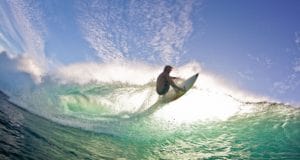
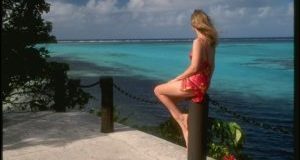





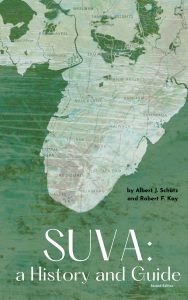
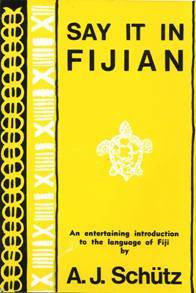
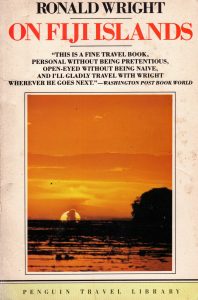
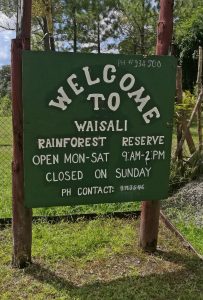
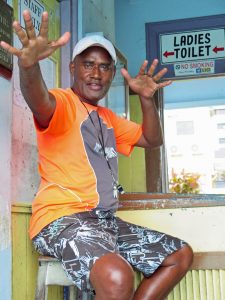
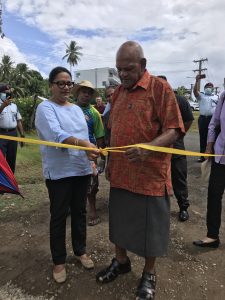

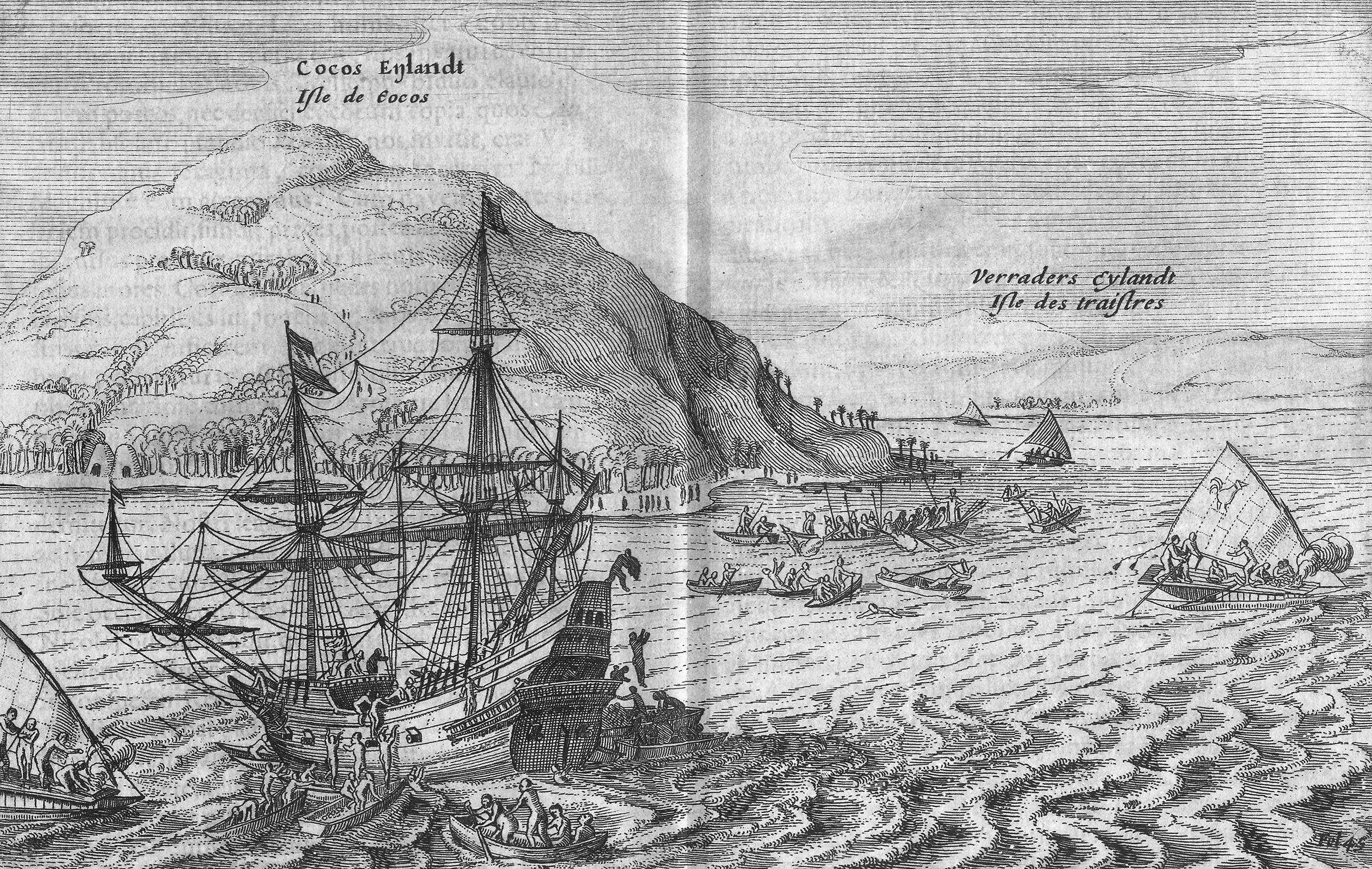
Leave a reply